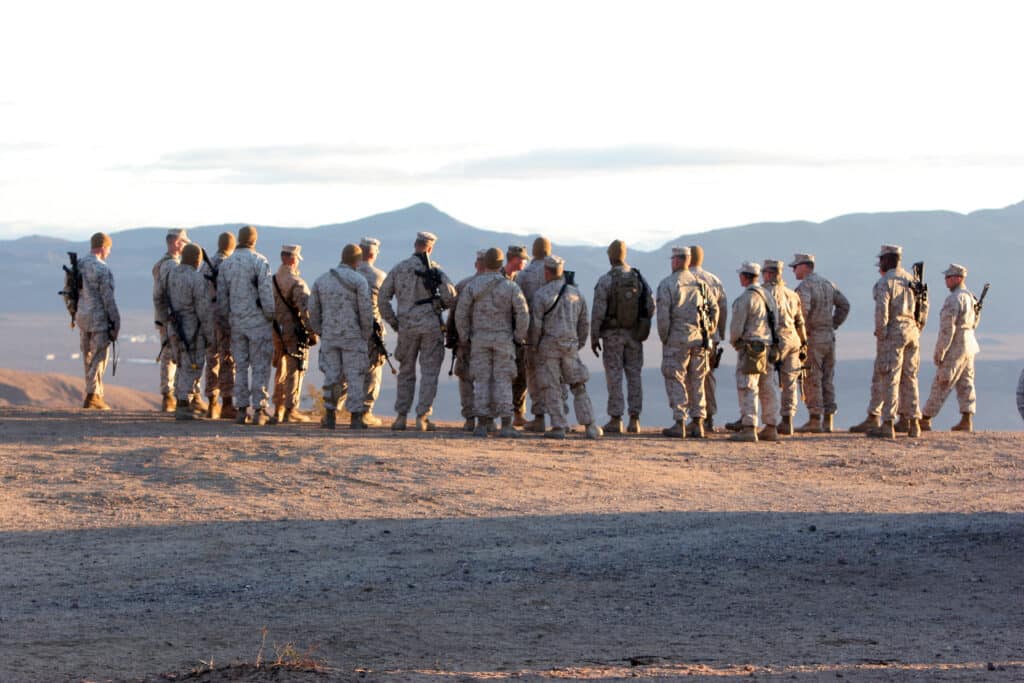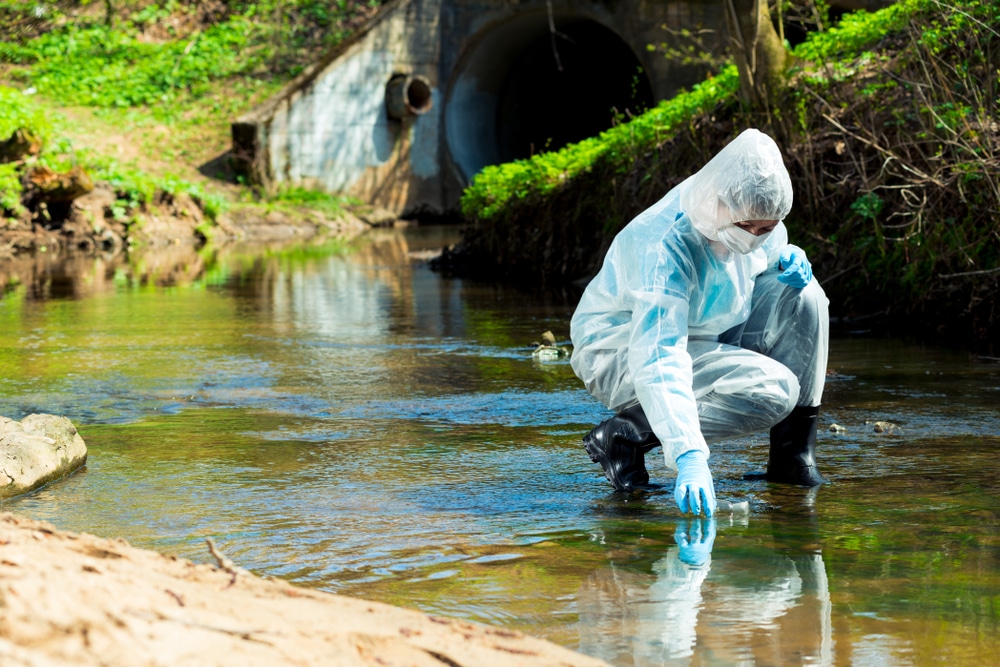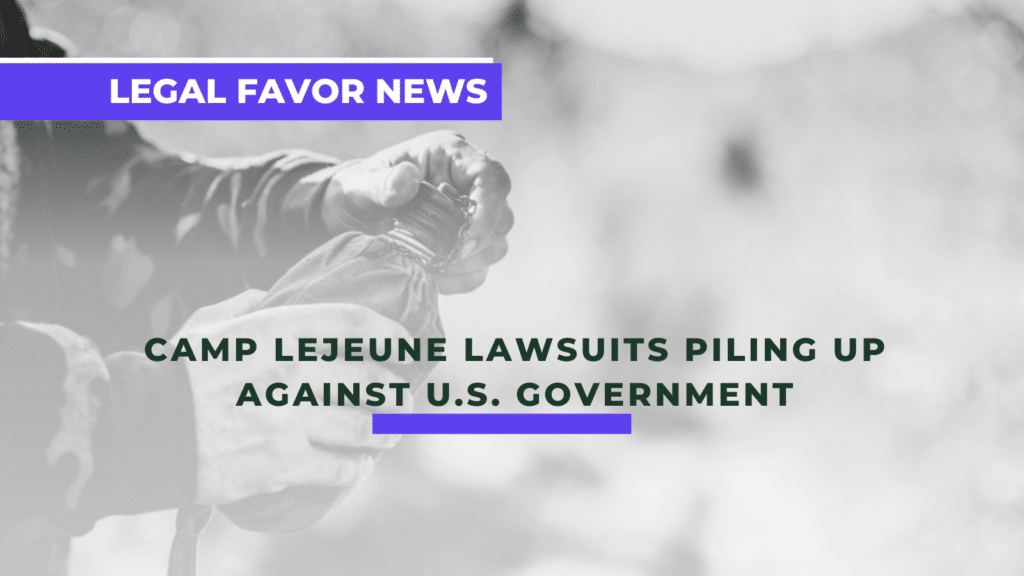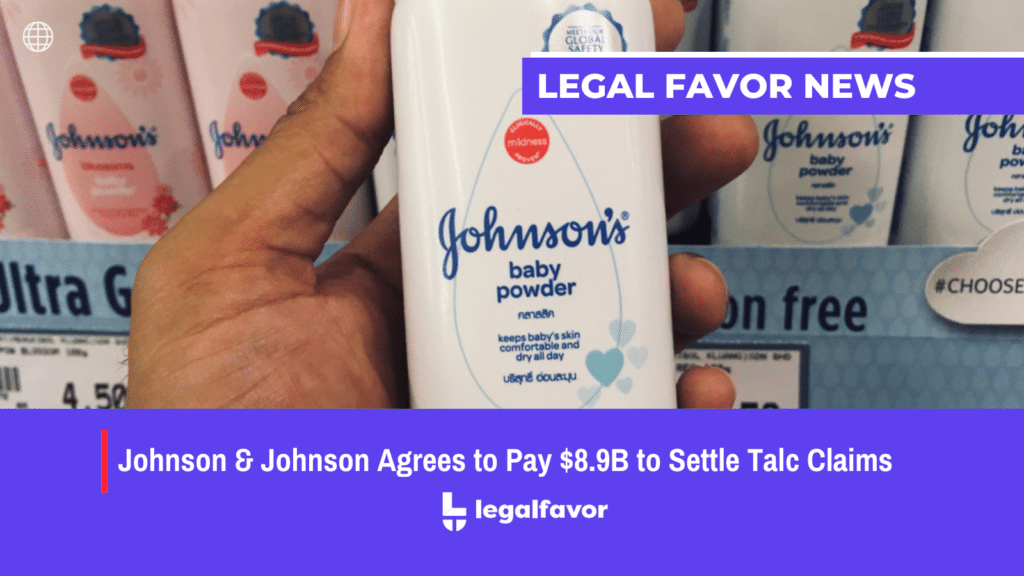Water is a vital part of human life, and after all, humans cannot survive without drinking water. Given the essential role of water in people’s lives, access to clean water, especially drinking water, is practically a right for human beings. Unfortunately, our service men and women, civilian employees of the base, and their respective families were exposed to the contaminated water at Camp Lejeune. This contamination led to various diseases and health issues that were not expected from drinking water, albeit from a military base overseen by the U.S. government. Consequently, federal funds may be available to those affected and filing claims in the Camp Lejeune water contamination lawsuit. If you or a loved one were exposed to contaminated water and lived or served at Camp Lejeune between 1953 and 1987, our legal team is available 24/7 to assist you with a free case evaluation in the Camp Lejeune lawsuit. You can also call 1(800) 725-6635 any time of the day to see if you qualify to file a claim.
What is Camp Lejeune?
Camp Lejeune is a military base that aims to keep the Marine Corps, Navy, and Cost Guard ready for deployment. The camp was established in 1942 and is located in Jacksonville, North Carolina. The base covers about 233 square miles and has been home to hundreds of thousands of retired and active service men and women, civilian employees, and their families.
What Are Claimed in the Camp Lejeune Lawsuits?
The claims and allegations in Camp Lejeune lawsuits surround the water contamination in the camp, specifically that individuals developed diseases and health issues due to their exposure to the chemicals discovered in the drinking water in Camp Lejeune.
This issue came to light in the 1980s when military officials began regularly testing Camp Lejeune’s drinking water and found that two of the water-supply system in the base were contaminated with chemicals. These water-supply plants were Tarawa Terrace and Hadnot Point and primarily supplied water to most of the family housing units at Camp Lejeune.

Investigations of the water contamination were able to link an off-base dry cleaning business to the chemicals detected in Tarawa Terrace. At the same time, contaminants of Hadnot Point were tied to numerous on-base sources, including underground storage tanks, industrial area spills, and waste disposal sites.
What Contaminants Were Found in the Camp Lejeune Water?
Investigations and studies conducted by Agency for Toxic Substances and Disease Registry (ATSDR), which is a branch within the CDC agency, identified four significant contaminants present in Camp Lejeune’s water sources:
- Trichloroethylene (TCE)
- Perchloroethylene (PCE)
- Benzene
- Vinyl chloride

Trichloroethylene (TCE)
Trichloroethylene is a chemical substance widely used to clean metal machine parts. Although most TCE exposures by humans are through the air, TCE can also appear in groundwater. This substance is classified as a volatile organic compound (VOC) and evaporates almost instantly.
The level detected of this toxic contaminant in Hadnot Point of Camp Lejeune’s drinking water was 1,400 parts per billion (ppb) back in 1982. This number is 280 times the current 5 ppb limit for TCE in drinking water.
Perchloroethylene (PCE)
Perchloroethylene is a chemical substance widely used for dry cleaning, and it is severely toxic to humans, even at very low concentrations. Like TCE, PCE is a volatile organic compound that evaporates quickly.
The level detected of this toxic contaminant in Tarawa Terrace of Camp Lejeune’s drinking water was 215 parts per billion (ppb) back in 1985. This number is 40 times the current 5 ppb limit for TCE in drinking water.
Benzene
Benzene is a colorless liquid substance with a sweet odor that evaporates quickly but dissolves slightly in water. Benzene is a common substance used by numerous industries to make plastics, rubbers, lubricants, dyes, detergents, resins, nylon, drugs, pesticides, and synthetic fibers.
Benzene is also naturally produced by gas emitted by volcanoes, forest fires, crude oil, gasoline, and smoke from cigarettes.
Vinyl Chloride (VC)
Vinyl chloride is a manufactured substance formed when TCE and PCE substances are broken down. Similar to benzene, vinyl chloride has a mild and sweet odor that slightly dissolves in water. This substance is a colorless gas if kept at room temperature but is in liquid form if kept at a low temperature or high pressure.
Vinyl Chloride is used to make polyvinyl chloride (PVC) which is widely used in PVC products, including electrical coatings, pipes, and packing materials.

What Diseases Were Linked To the Contaminants in Camp Lejeune?
The study conducted by the ATSDR was able to detect a causal link between the contaminants found in the drinking water at Camp Lejeune and the development of the following diseases and health issues:
- Cardiac defects
- Bladder cancer
- Kidney cancer
- Leukemia is a cancer of the body’s blood cells.
- Liver cancer
- Non-Hodgkin’s lymphoma. This type of blood cancer causes white blood cells to grow abnormally, leading to tumors throughout the body.
In addition, the Veterans Agency (VA) offers benefits to veterans and their family members that were exposed to Camp Lejeune’s water contaminants and have developed one of these diseases:
- Adult leukemia
- Aplastic anemia
- Bladder cancer
- Breast cancer
- Esophageal cancer
- Female infertility
- Hepatic steatosis
- Kidney cancer
- Leukemia
- Liver cancer
- Lung cancer
- Miscarriage
- Multiple myeloma
- Myelodysplastic syndromes
- Neurobehavioral defects
- Non-Hodgkin’s lymphoma
- Parkinson’s disease
- Renal toxicity
- Scleroderma
Other studies have also shown an increased risk of developing the following diseases in humans after exposure to at least TCE and PCE contaminants:
- Breast cancer
- Fetal death
- Oral cleft defect
Further studies are being conducted to assess any link or increased risk of developing other diseases or health issues to the contaminants found in Camp Lejeune.
Who Are Eligible to File A Camp Lejeune Water Contamination Lawsuit?
Individuals who lived, worked, or were exposed to the water in Camp Lejeune for at least 30 days between August 1, 1953, and December 31, 1987, and have suffered any diseases or health issues linked to the contaminants detected may be eligible to file a Camp Lejeune lawsuit against the United States government.
It is important to note that a person’s exposure while still in utero may render them eligible to file a claim against the United States government if they developed any disease or health issues linked to the contaminant.
What Is The Camp Lejeune Justice Act (CTJA)?
The Camp Lejeune Justice Act or CTJA is a bill that would give individuals harmed by the Camp Lejeune water contamination the right to file a lawsuit against the United States government for money damages.
The U.S. House of Representatives voted to pass this bill in March 2022. The bill is pending final passage by the U.S. Senate but is expected to be voted favorably. President Biden is also expected to sign the bill into law.
Is There A Deadline On When Claimants Should File A Camp Lejeune Water Contamination Lawsuit?
Yes, there is.
The Camp Lejeune Justice Act has set two statutes of limitations for claimants to file a lawsuit.
Statute of limitation is the time limit set by the jurisdiction on when claimants are allowed to file their lawsuits. A lawsuit filed by the claimant after the set statute of limitation has passed will likely be opposed by the other party, and the court will probably dismiss the case. These deadlines generally start from the date of the incident or when the claimant should have known the harm tied to the alleged action.
According to the CTJA, Camp Lejeune claimants must adhere to one of the following statutes of limitations:
- Individuals who have already developed a disease or health condition linked to the contaminant must file their lawsuit within two years from the date CTJA went into effect.
- Individuals who lived, worked, or were exposed, including in utero, to water contaminants in Camp Lejeune for at least 30 days between August 1, 1953, and December 31, 1987, must file their lawsuit within two years from the date of their future diagnosis.
How Can a Claimant File a Camp Lejeune Lawsuit Against the United States Government?
Individuals with valid claims against the United States government should file an administrative claim with the Department of Defense (DOD). The government may offer to settle or pay the claimant if they approve the claim. However, if the DOD rejects the claim, the claimant has six months from the date of the government’s decision to file a formal Camp Lejeune lawsuit in the United States District Court for the Eastern District of North Carolina.
Filing any claim or lawsuit, especially against the federal government, is not an easy task. Thus, it may be valuable to seek a reputable lawyer’s legal assistance and representation to help the claimant navigate through complex documents and requirements to file a valid and timely claim against the government.





